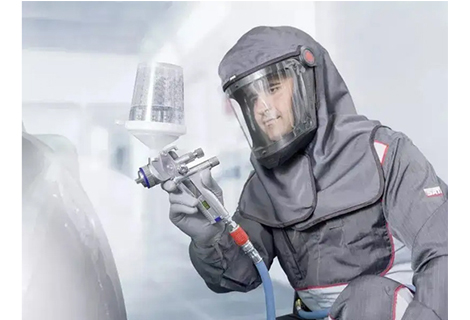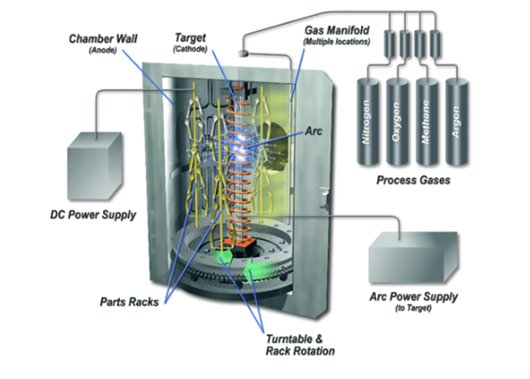Heat treatment refers to the material in the solid state, by means of heating, holding and cooling, to facilitate the processing and improve the strength or hardness of the finished product a metal heat processing process. This process is usually used before and after CNC machining of steel workpieces.
CNC machining materials for the purpose of heat treatment, mainly to improve the mechanical properties of metal materials, give full play to the potential of the material, saving materials, extend the service life of parts. Secondly, the heat treatment can eliminate the residual stress of the material, improve the performance, and facilitate the equipment to cut and process the material.
The heat treatment process generally includes three processes: heating, holding and cooling, and sometimes only two processes: heating and cooling. These processes are connected to each other and cannot be interrupted. Metal heat treatment process can be roughly divided into three categories: overall heat treatment, surface heat treatment and chemical heat treatment.
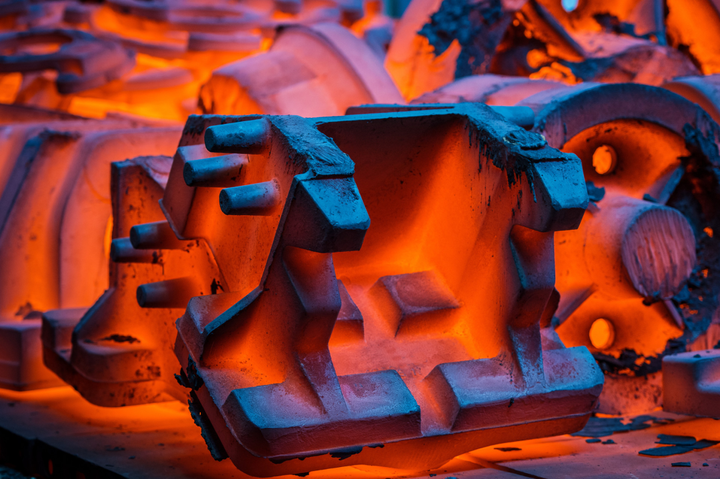
Overall heat treatment is the overall heating of the workpiece, and then cooled at an appropriate rate, in order to change its overall mechanical properties of metal heat treatment process. Overall heat treatment of steel roughly annealing, normalizing, quenching and tempering four basic processes.
Annealing treatment is a metal heat treatment process in which a metal part is heated to a certain high temperature, held for a certain period of time, and then allowed to cool naturally.
Its main role:
A, reduce the hardness of the parts, improve the cutting performance;
B, eliminate residual stress in parts, stabilize the size, reduce deformation and crack probability;
C, refine the grain, adjust the organization, eliminate material organization defects;
D, uniform material organization and composition, improve material properties or for subsequent heat treatment process to do the organization.
Normalizing treatment is the metal parts heated to a certain high temperature, keep for a period of time, and then let it in the air using water, spray, blowing and other ways of cooling, which is different from the annealing process is that its cooling rate to be a little faster, so the organization of the material obtained to be finer, the mechanical properties have also been improved.
Its main role:
A, remove the internal stress of the material;
B, reduce the hardness of the material, improve plasticity;
Quenching treatment is a heat treatment process in which metal parts are heated to a temperature above the critical temperature Ac3 or Ac1, held for a period of time to austenitize all or part of them, and then fast-cooled to below Ms for martensitic transformation at a cooling rate greater than the critical cooling rate.
Its main role:
A, greatly improve the rigidity, hardness, wear resistance and fatigue strength of parts;
B, to meet some special steel ferromagnetism, corrosion resistance and other physical and chemical properties.
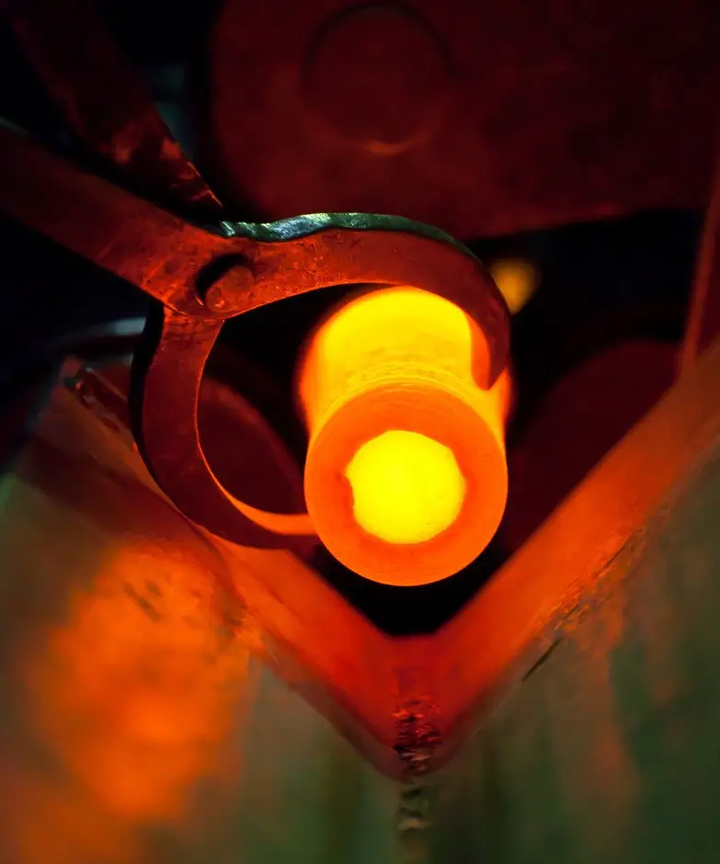
Tempering treatment is after quenching and hardening or normalization of steel and then immersed in a lower than the critical temperature for a period of time, to a certain rate of cooling down to increase the toughness of the material of a heat treatment.
Its main role:
A, eliminate the residual stress produced when the workpiece is quenched to prevent deformation and cracking;
B, adjust the hardness, strength, plasticity and toughness of the workpiece, to achieve better performance requirements;
C. Stabilize the organization and size, to ensure precision;
D. Improve and enhance the processing performance.
Annealing, normalizing, quenching, tempering is the overall heat treatment in the "four fires", of which the quenching and tempering are closely related, often used in conjunction with each other, one is indispensable.
Surface heat treatment is only heating the surface layer of the workpiece to change the mechanical properties of the surface layer of the metal heat treatment process. In order to only heat the surface layer of the workpiece without excessive heat transfer into the workpiece, the use of the heat source must have a high energy density, that is, in the unit area of the workpiece to give a larger heat energy, so that the surface layer of the workpiece or localized can be a short period of time or instantaneous to reach a high temperature. Surface heat treatment of the main methods of flame quenching and induction heating heat treatment, commonly used heat sources such as oxyacetylene or oxypropane flame, induction current, laser and electron beam.
Chemical heat treatment is a metal heat treatment process by changing the chemical composition, organization and properties of the surface layer of the workpiece. The difference between chemical heat treatment and surface heat treatment is that the latter changes the chemical composition of the surface layer of the workpiece. Chemical heat treatment is placed on the workpiece containing carbon, nitrogen or other alloying elements of the medium (gas, liquid, solid) in the heating, insulation for a long time, so that the surface layer of the workpiece infiltration of carbon, nitrogen, boron and chromium and other elements. After infiltration of elements, and sometimes other heat treatment processes such as quenching and tempering. The main methods of chemical heat treatment are carburization, nitriding, metal penetration.
Richconn offers professional CNC surface finishing services to make your products look outstanding. We combine advanced CNC technology with innovative surface preparation methods to give your parts and products outstanding appearance and performance.
Our CNC surface preparation services include, but are not limited to, the following:
Precision Grinding: CNC-controlled precision grinding ensures the accuracy and surface smoothness of your parts.
Metal Coating: We offer a variety of metal coating options, including chrome, nickel, and zinc plating, to enhance the corrosion and wear resistance of your products.
Painting and sandblasting: Utilizing high-quality paints and granules, we achieve aesthetic and durable surface coating effects.
Polishing and sanding: give your products a mirror-like luster and enhance their appearance.
Anti-corrosion coatings: protect your products from environmental factors and extend their service life.
Our team of professionals will carefully design and execute a surface preparation program tailored to your needs to ensure the best possible results. Regardless of the size of your project, Richconn is committed to providing high-quality, reliable CNC surface preparation services to meet your requirements. Contact us and work with us to enhance the quality and value of your products.
 Electroforming vs Electroplating: How They Work and What They DoDecember 6, 2023Electroforming and electroplating are two common metal forming processes that use electricity to deposit metal onto a surface. Both processes involve passing an electric current through a solution called an electrolyte, which contains metal ions.view
Electroforming vs Electroplating: How They Work and What They DoDecember 6, 2023Electroforming and electroplating are two common metal forming processes that use electricity to deposit metal onto a surface. Both processes involve passing an electric current through a solution called an electrolyte, which contains metal ions.view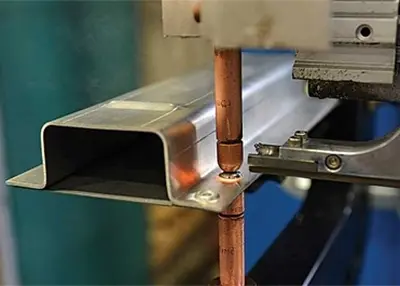 The Differences Between Riveting vs WeldingFebruary 18, 2024Let's explore the advantages, applications, and limitations of riveting and welding processes. Then, you can select the right method for assembling sheet metal parts.view
The Differences Between Riveting vs WeldingFebruary 18, 2024Let's explore the advantages, applications, and limitations of riveting and welding processes. Then, you can select the right method for assembling sheet metal parts.view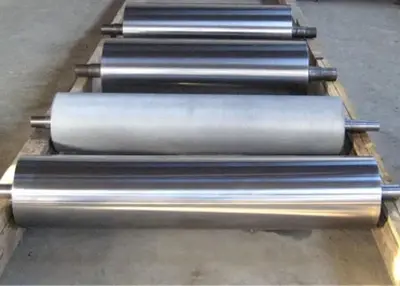 Metal Roller Surface Chrome Plating Process: Enhancing the Appearance and Performance of Your Metal ProductsJuly 18, 2023Learn about the details and benefits of the chrome plating process on metal rollers.IntroductionMetal rollers play an important role across various industries. To improve product appearance, performan...view
Metal Roller Surface Chrome Plating Process: Enhancing the Appearance and Performance of Your Metal ProductsJuly 18, 2023Learn about the details and benefits of the chrome plating process on metal rollers.IntroductionMetal rollers play an important role across various industries. To improve product appearance, performan...view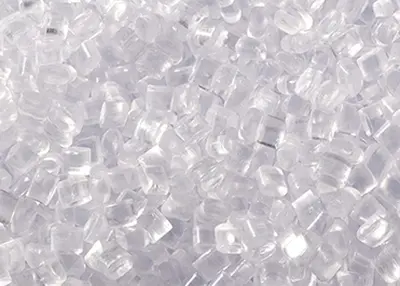 The Glass Transition Temperature of PolymersOctober 17, 2023When designing parts for plastic injection molding, there is an important but often overlooked material consideration. It involves the glass transition temperature, or Tg. We'll get into the underlying science later, but for now, keep in mind that there is a temperature at which amorphous materials transition from a glassy/rigid state to a leathery/rubbery state.view
The Glass Transition Temperature of PolymersOctober 17, 2023When designing parts for plastic injection molding, there is an important but often overlooked material consideration. It involves the glass transition temperature, or Tg. We'll get into the underlying science later, but for now, keep in mind that there is a temperature at which amorphous materials transition from a glassy/rigid state to a leathery/rubbery state.view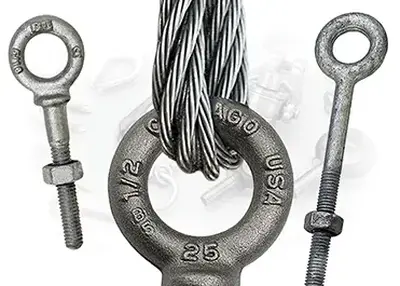 Machined Eye Bolts: Your Ultimate Guide to Quality and SafetyNovember 9, 2023When it comes to precision engineering and safety, there's no room for compromise. Whether you are involved in industrial operations, construction, aerospace, or recreational equipment, the quality of your components is paramount. Enter Machined Eye Bolts, the unsung heroes that bear the weight of your projects, ensuring safety and performance.view
Machined Eye Bolts: Your Ultimate Guide to Quality and SafetyNovember 9, 2023When it comes to precision engineering and safety, there's no room for compromise. Whether you are involved in industrial operations, construction, aerospace, or recreational equipment, the quality of your components is paramount. Enter Machined Eye Bolts, the unsung heroes that bear the weight of your projects, ensuring safety and performance.view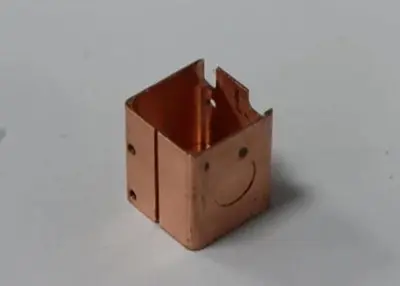 A Comprehensive Copper Analysis for CNC MachiningJanuary 12, 2024Here are various properties of copper - from its elemental essence, physical prowess, thermal and electrical properties, to applications in CNC machining.view
A Comprehensive Copper Analysis for CNC MachiningJanuary 12, 2024Here are various properties of copper - from its elemental essence, physical prowess, thermal and electrical properties, to applications in CNC machining.view
 EN
EN
 ru
ru 

